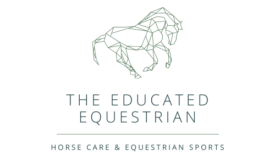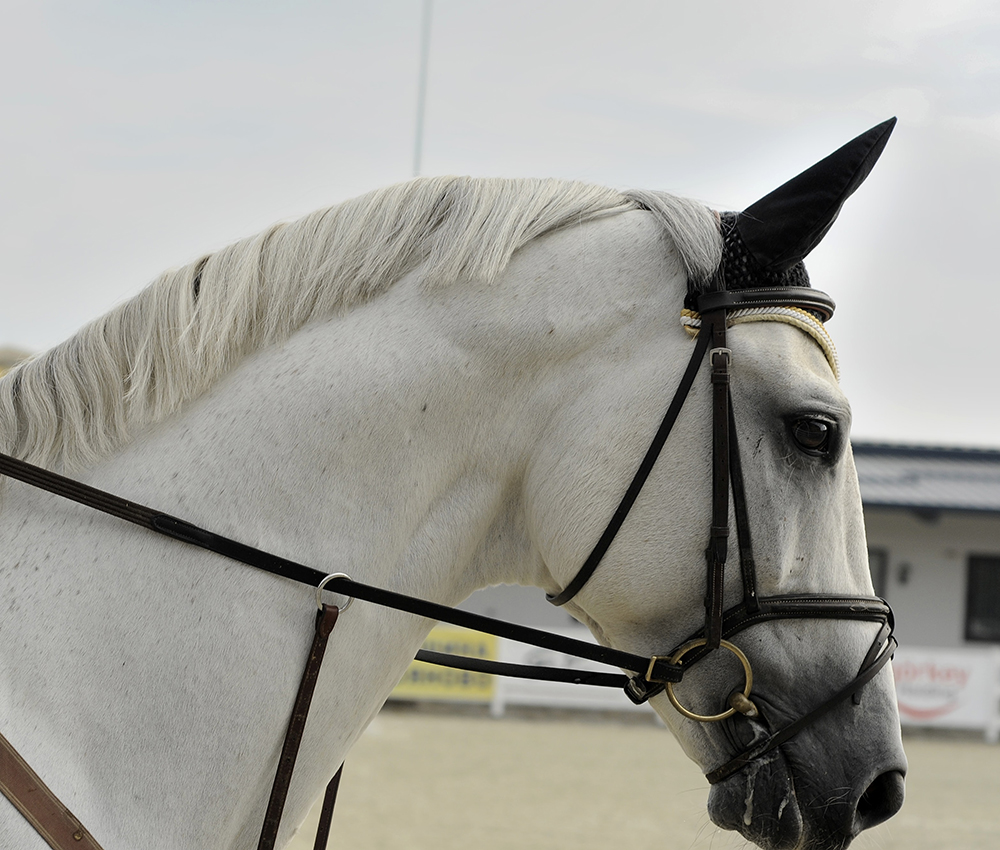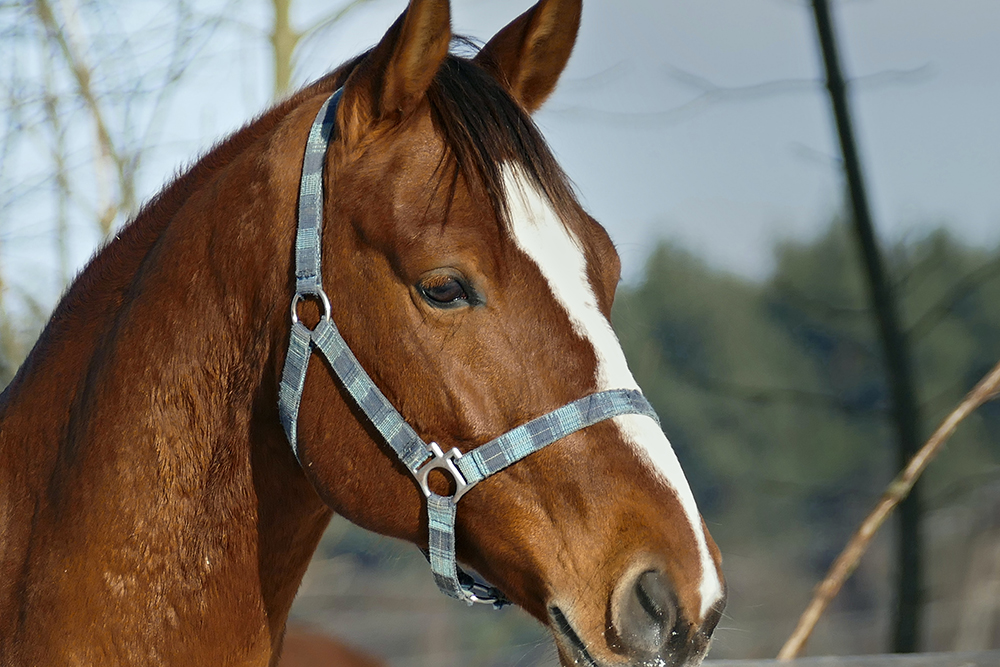Horses usually wear one of four items on their heads: a fly mask, a bonnet, a halter, or a bridle. These each serve a different unique purpose. (You certainly wouldn’t want to mix them up!)
Check out these different items horses wear on their heads and the purpose behind them.
Fly Masks
Fly masks are worn on the face to ward off pesky flies from a horse’s facial area.
If you’re unfamiliar with horses and the gear that accompanies them, you may mistake a fly mask for a blindfold. These can appear startling for the uninitiated but don’t fret, the horse is able to see and isn’t injured.
Fly masks come in all shapes and sizes but serve one major purpose: to keep flies and other biting insects away from the face and eyes of the horse. The most basic fly masks cover just the cheeks and eyes of the horse, stopping partway down the face. You can also find fly masks with built-in ear covers and extended portions that cover the nose.
A fly mask is constructed from semi-transparent mesh that the horse can easily see-through. Some come with bug-repellent built into the material or UV protection, which is great for horses prone to sunburn.
Pro Tip: Wipe fly spray on your horse’s face with a sponge or soft brush prior to strapping on their fly mask. You can also spray the fly mask itself down with fly spray for an extra layer of protection.
Ear Bonnets
Ear bonnets help to keep flies, other flying insects, and dirt out of a horse’s ears to help them focus on what’s going on inside the arena.
Ear bonnets look like cute little hats perched atop a horse’s ears. You won’t see a horse hanging out in the pasture with an ear bonnet on. While similar to fly masks, ear bonnets are used while inside the arena. They are especially useful when you want your horse to be completely focused on the task at hand, not annoying insects flitting about.
Halters
A staple horse care tool, the halter is used to lead a horse from one place to another safely.
A halter will fit behind the horse’s ears and across the muzzle, allowing a person to lead the horse from one place to another safely. A lead rope will generally be connected to the halter. While a well-trained horse can be led without a halter, it’s always safest to have a halter and lead rope on your horse to ensure more control.
Bridles
Bridle are a piece of tack made up of leather straps and a bit.
Bridles are hands-down the most recognizable of all horse head gear. Bridles are a piece of tack made up of straps of leather and a bit that slides into the mouth. Bridles are what holes the bit in the horse’s mouth and what the reins attach to. The reins are then used by the rider to communicate with and control their horse.
Other Horse Gear
The world of horse gear is expansive and the specifics of horse head gear is no exception. While the most common horse head gear is already covered above, check out the following less common items you might spot on a horse’s head.
Slinky Hood
Slinky hoods protect your horse’s coat from dirt and grime prior to a horse show.
When you spend a boatload of money on professional braiding and spend hours scrubbing your horse sparkling clean ahead of a horse show, the absolute last thing you want is to come in to find the morning-of is torn out braids and manure stains.
Slinky hoods, also called sleazies, are a lightweight covering that goes over your horses head, neck, and shoulders. Its purpose is to keep hay, dirt, and grime far away from your horse’s clean coat.
This item is generally used before a horse show as a way to keep a horse looking spick and span.
Blinders
Sometimes called blinkers, blinders are used to block the view of the rear and sides of a horse.
Blinders are a piece of tack, often used for carriage horses, to keep the horse focused on their task. It helps to prevent them from spooking in situations where there may be a lot of commotion.
In horse racing, a similar tool called hoods or visors are used to keep excitable horses focused on the race.


